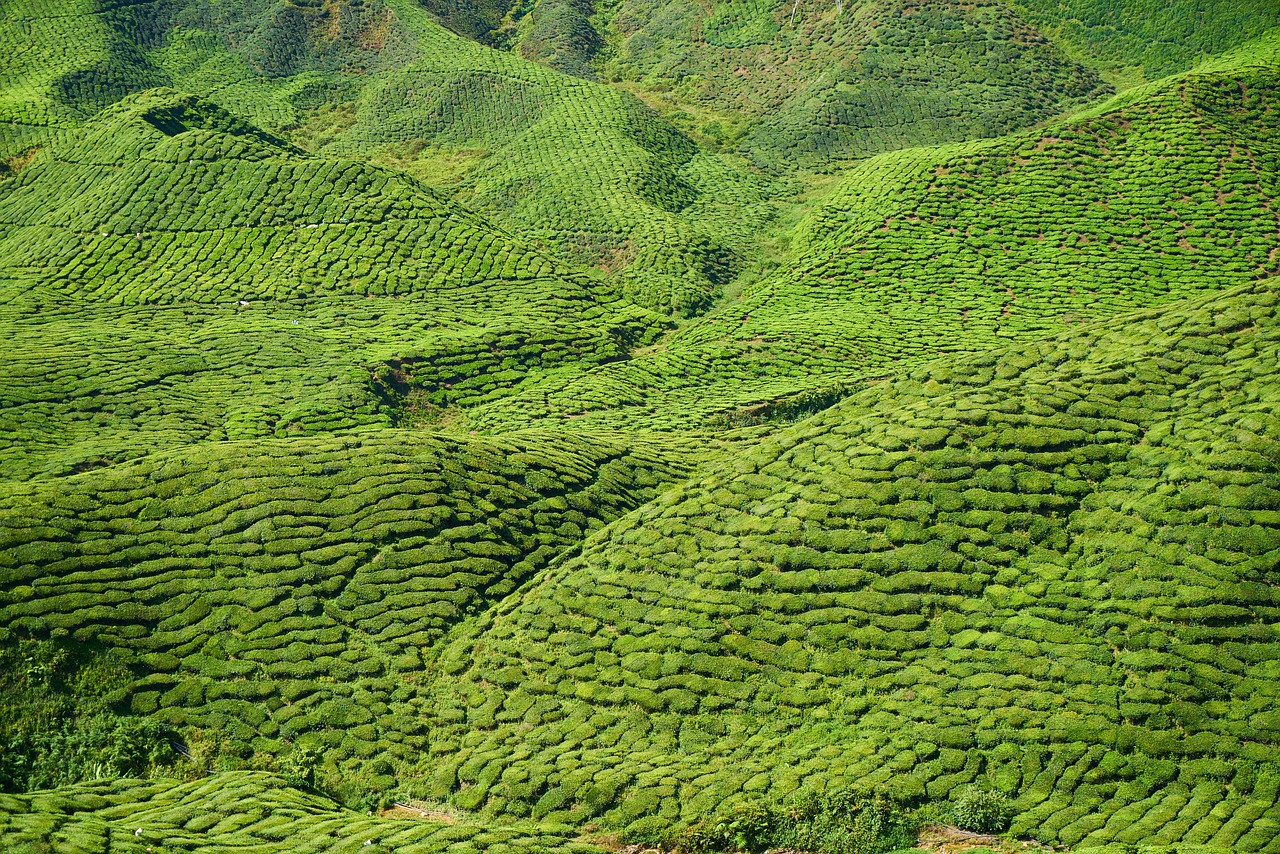Malaysia Video
Weathering Malaysia: Seasonal Changes and What to Expect
Malaysia, located in Southeast Asia, experiences a tropical climate that is characterized by high humidity and temperatures throughout the year. The country is known for its diverse landscapes, including rainforests, beaches, and mountains. Understanding the seasonal changes and weather patterns in Malaysia is essential for travelers and locals alike. In this article, we will explore the different seasons in Malaysia and what to expect during each period.
The Equatorial Climate
Malaysia is located near the equator, which means it experiences an equatorial climate. This type of climate is characterized by high temperatures, high humidity, and significant rainfall throughout the year. The country does not have distinct seasons like those found in temperate regions. Instead, Malaysia has two main monsoon seasons, which bring varying weather conditions to different parts of the country.
The Northeast Monsoon Season
The Northeast Monsoon season in Malaysia occurs from November to March. During this period, the northeastern states of Peninsular Malaysia and parts of Borneo experience heavy rainfall and strong winds. The rainfall can be intense, leading to occasional flooding in certain areas. Travelers should be prepared for wet weather and plan their activities accordingly. Despite the rain, this season can also bring cooler temperatures, making it a pleasant time to explore Malaysia’s indoor attractions.
- Increased Rainfall: The Northeast Monsoon season brings a significant increase in rainfall, with some areas experiencing up to 300mm of rain per month.
- Strong Winds: Alongside the rain, strong winds are common during this season, especially in coastal areas.
- Cooler Temperatures: The combination of rain and cloud cover can lead to slightly cooler temperatures, providing relief from the usual heat and humidity.
- Indoor Activities: Due to the frequent rain showers, exploring indoor attractions such as museums, art galleries, and shopping malls can be a great way to spend your time.
The Southwest Monsoon Season
The Southwest Monsoon season in Malaysia occurs from May to September. During this period, the southwestern states of Peninsular Malaysia and parts of Borneo experience increased rainfall and thunderstorms. However, the rain is usually less intense compared to the Northeast Monsoon season. Travelers should still expect occasional showers and plan their outdoor activities accordingly. Despite the rain, this season is generally warm and sunny, making it a popular time to visit Malaysia’s beaches.
- Scattered Showers: The Southwest Monsoon season brings scattered showers, usually in the late afternoon or evening, allowing for plenty of sunshine during the day.
- Warm and Humid: The temperatures during this season remain high, with humidity levels often reaching over 80%. It is advisable to stay hydrated and wear light, breathable clothing.
- Beach Time: Despite the occasional showers, the Southwest Monsoon season is a great time to visit Malaysia’s beautiful beaches, as the rain showers are usually short-lived.
- Water-Based Activities: The calm seas during this season make it ideal for water-based activities such as snorkeling, diving, and boat trips.
Intermonsoon Periods
In between the two monsoon seasons, Malaysia experiences two intermonsoon periods. These periods, which occur from April to May and October to November, are transitional phases where the weather can be unpredictable. During these times, the country may experience a mix of sunny days, occasional rain showers, and thunderstorms. Travelers should be prepared for varying weather conditions and plan their activities accordingly.
Other Factors Affecting Malaysia’s Weather
Apart from the monsoon seasons and intermonsoon periods, other factors can influence Malaysia’s weather. These include:
- Geographical Location: Malaysia’s diverse landscapes, such as highlands, rainforests, and coastal areas, can result in varying microclimates and weather patterns.
- El Niño and La Niña: The El Niño and La Niña phenomena can have an impact on Malaysia’s weather, leading to changes in rainfall patterns and temperatures.
- Haze: Malaysia occasionally experiences haze caused by forest fires in neighboring countries. This can result in reduced visibility and poor air quality.
Conclusion
Malaysia’s equatorial climate brings high temperatures, high humidity, and significant rainfall throughout the year. Understanding the seasonal changes and weather patterns can help travelers plan their trips and activities accordingly. Whether it’s exploring indoor attractions during the monsoon seasons or enjoying the beaches during the intermonsoon periods, Malaysia offers a diverse range of experiences for visitors to enjoy.
References
– National Oceanic and Atmospheric Administration (NOAA): www.noaa.gov
– Malaysian Meteorological Department: www.met.gov.my
– Lonely Planet: www.lonelyplanet.com
– Tourism Malaysia: www.malaysia.travel


